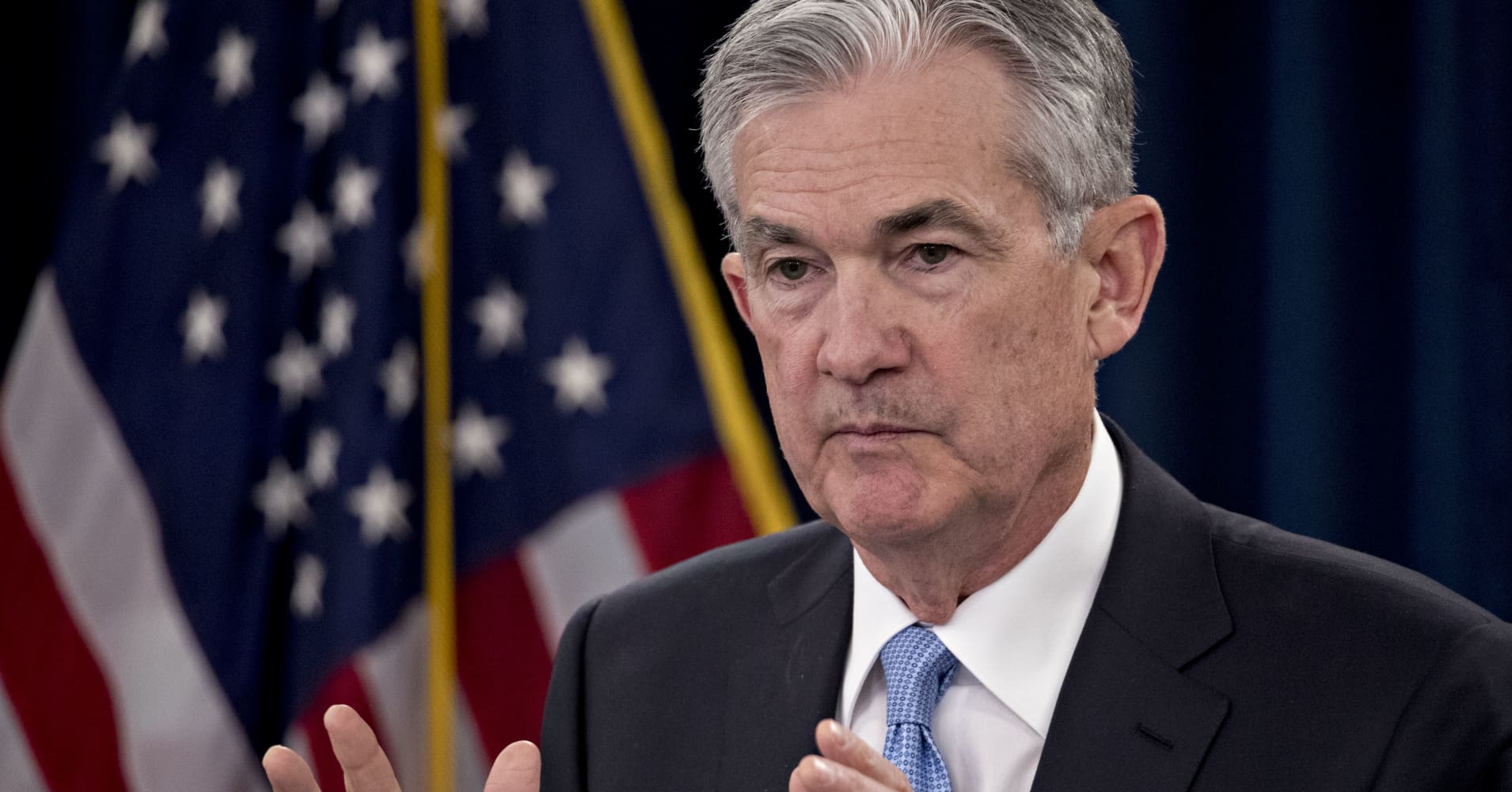
In fact, the U.S. economy is being literally fired up by an explosive policy mix.
On top of an extraordinarily easy monetary policy, there is a reckless fiscal expansion with the public sector deficit of 7 percent of GDP, and a gross public debt of $22.1 trillion, or 106 percent of GDP.
So, instead of worrying about a destabilizing economic management, Washington is concerned about a slowdown of a much more balanced euro area economy. A trifle and nothing to worry about: All American goods sales to Europe last year — $370.3 billion — are just 1.8 percent of the U.S. GDP.
Trade tensions with China are another concern, presumably because Wall Street fears that a possible loss of American $120.3 billion exports to China recorded last year – 0.6 percent of U.S. GDP — would devastate the U.S. economy. Ridiculous, isn’t it?
War and peace issues with China are serious, but that is an entirely different matter.
There, however, is one problem with trade that is not getting the attention it deserves.
Washington’s messy and protracted trade dispute with the European Union and China can seriously disrupt supply chains and set in train rising prices in an unpredictable manner.
That’s what the Fed should worry about. Prices of foreign goods would increase as a result of tariffs, quotas or other impediments to trade. At the same time, domestic prices of import substitutes would also go up — those are technically called sympathetic price increases as domestic producers move to beef up their profit margins.
The resulting upward price pressures in a fully-employed economy would leave no choice to the Fed: Interest rates would have to go up.
The only respite could come from the possibly rising exchange rate of the dollar. That would make European and Chinese goods cheaper, but it would also infuriate Washington about manipulations of the euro and the yuan.
Be the first to comment